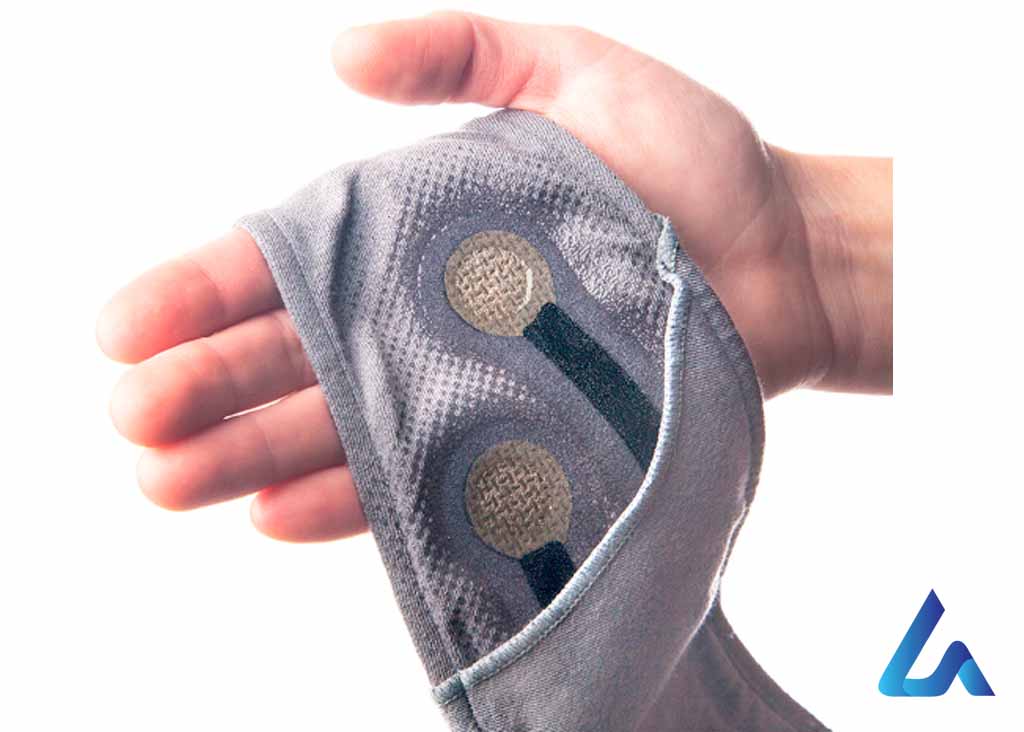
Textile electrodes are usually made of conductive yarns by weaving; knitting, or embroidering processes; or by coating or printing conductive polymers on non-conductive fabrics. In the studies of the textile electrode; most textile electrodes are knitted structure
History of Textile Electrodes
In the last few years, textile electrodes have become an interesting topic for physiological monitoring, steadily developing to be applied in innovative wearable sensing systems. The structure of textile electrodes can be fabricated by weaving, knitting, or embroidering conductive yarn and is now commercially available. The upgraded textile electrode is used in bio-signal sensing and was designed in the form of a jacquard woven structure to measure the ECG. In the case of knit fabric, which has piezo‐resistive properties, the textile electrodes were developed by using the fabric’s flexible strain gauges in a bio‐monitoring system.
Textile Electrodes for Engineering Usage
In the following contribution, new technical application fields for the large-area textile electrodes are investigated with the focus on 3D electrode structures for catalytic and gas-generating electrochemical processes. Conducting 3D fabrics permit an increase in the active electrode surface per volume and produce well-defined channels for quick and efficient gas transport used in gas-generating electrochemical cells, for example, the water electrolysis cells used in the novel power to gas technology.
Advantages of Textile Electrodes:
- optimal and easy positioning and fixing,
- washable, sterilizable, and reusable,
- suitable for long-term applications,
- good wearing comfort,
- less perspiration, improved breathability,
- applicable for different basic materials, and
- mobility through the integration of connecting wires.
You may read: A cloth which can hear your heartbeat and follow us on Google News
